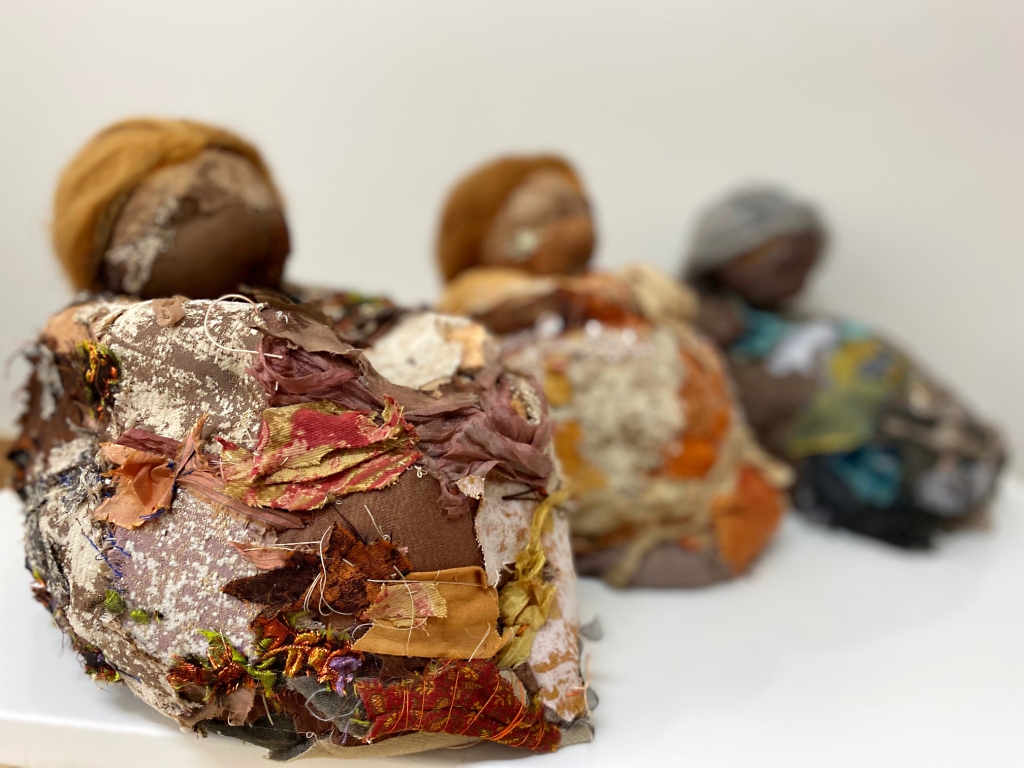Construing Exhibition Spaces
A structure re defines everything in and around it.
[Bangalore]
Sandhya Annaiah
Art practice in Bangalore is mostly noted for having established itself outside of the institutional spaces (like galleries, museums, art colleges etc.) and creating a separate category/space for itself where artists are at ease to explore, escaping the hegemony of established art practices. Artists have always sought for spaces which exempt them from the need to follow set norms to explore the possibilities of such a practice. The result of this quest is utilizing of already existing sites as a venue for exhibiting their art works. The art work gains a very specific nature to itself, becoming inseparable from its surroundings.
Thus, whenever the audience is witnessing the art work, the landscape of the city becomes an inevitable part of the viewing process, leaving the viewers with a question of art using these new urban structures as a site, a site which was perhaps was never imagined as a site of creative expression. This could be read as an attempt to position the works in a historical context to increase its social relevance within Art Historical writing, rather than structuring the theoretical premise to which it belongs. The ability of this new urban landscape to arouse curiosity and intrigue the artists arises at the juncture where past memories and the present situations meet.A structure/site which was only seen to serve a specific function of urban utility, gains a new aesthetic purpose as well with these interventions. The decision to include these public spaces as a part of the work can also be seen as an artist’s conscious choice to document the urban landscape within the art work.


